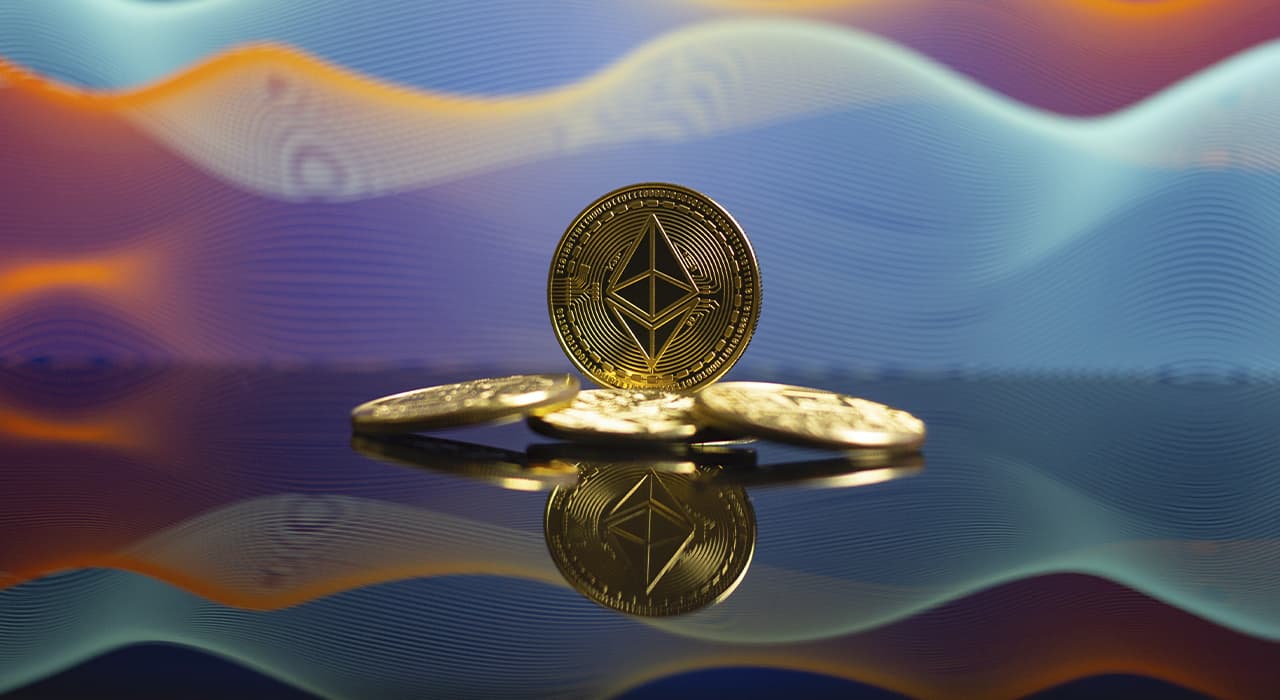Ethereum is a blockchain platform for decentralised applications, and the second most capitalised cryptocurrency (ETH). Most popular DeFi and NFT projects run on the Ethereum network.
The main Ethereum network was launched in the summer of 2015. The Ethereum Foundation, a non-profit organisation registered in Switzerland, has been responsible for the development of the project from its inception until today.
What are the features of Ethereum?
Smart contracts
The main difference between the Ethereum network and bitcoin is the support for full-fledged smart contracts. This is a computer algorithm that allows transactions to take place without the involvement of a third party. In fact, it is a ‘digital contract’ with predetermined terms that are executed under certain conditions. It allows business transactions to be moved to blockchain and avoids ‘human error’. Smart contracts have an unlimited number of application scenarios.
Virtual Machine (EVM)
An EVM (Ethereum Virtual Machine) is a ‘distributed computer’ responsible for executing smart contracts. While the main function of a bitcoin network is transactions between accounts in a distributed ledger, an EVM can handle much more complex transactions programmed in smart contracts (which are, however, fundamentally transfers between blockchain addresses).
User tokens
Ethereum allowed users to issue their own tokens. A single standard, ERC-20, has been developed for such tokens. The value of custom tokens lies in the availability of utility within a particular application. Ethereum was the first popular blockchain for startups to monetise with their own tokens.
Non-exchangeable tokens (NFT)
Ethereum also gained popularity as a blockchain for NFT due to the ERC-721 standard. These are non-interchangeable tokens, each of which has unique information – an image or some other file – ’embedded’ in it. NFT is a unique digital item in a single number that cannot be reproduced.



